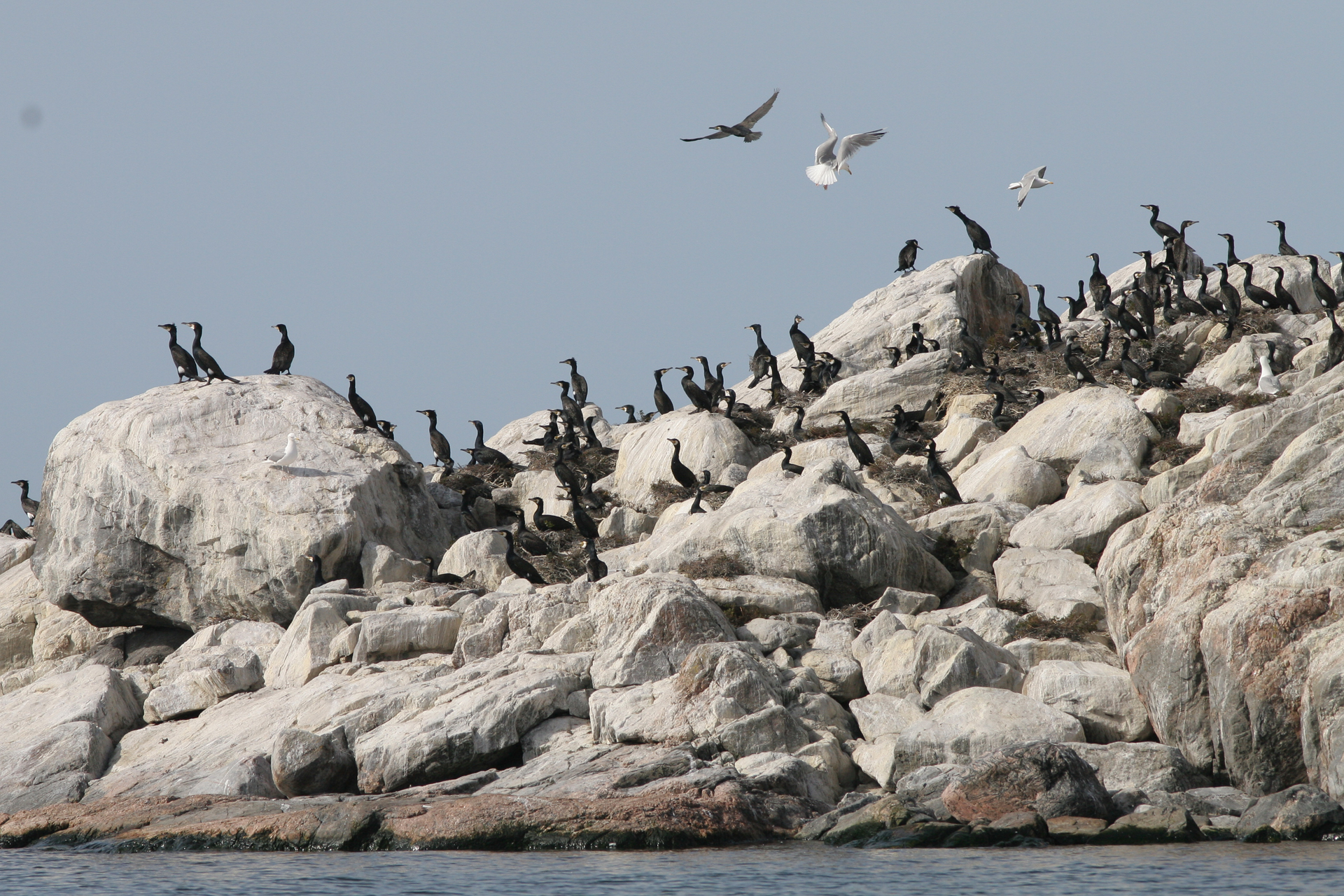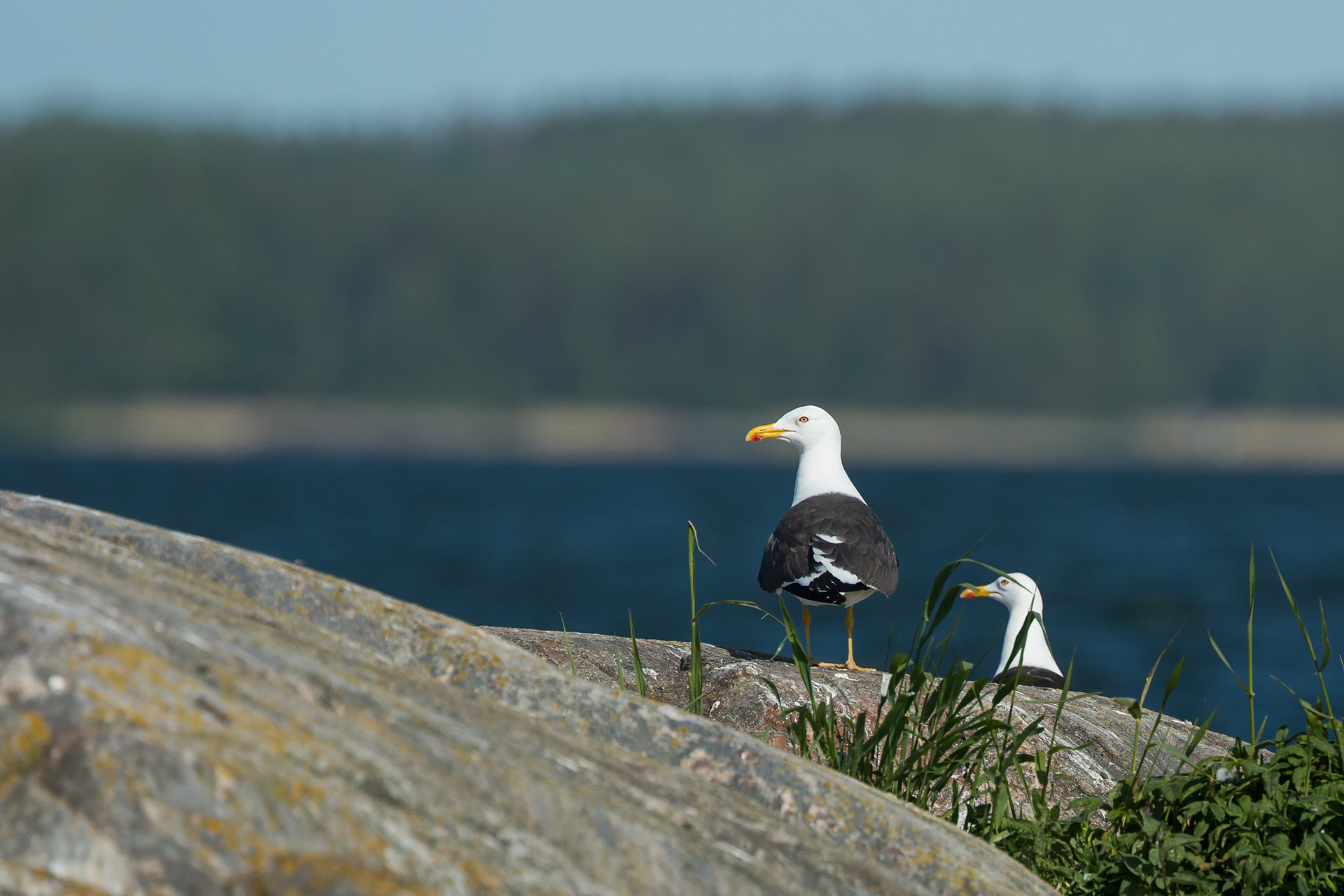Birds increase the biodiversity of rugged islets
Bird islets are at their most lively from spring to early summer, which is when birds returning from their migration seek mates, claim nest sites and raise their young. While doing so, birds also fertilise the rugged, rocky islets with their droppings.
As a result, bird islets sometimes turn into spectacular floral displays when the plants that thrive on them, such as wild pansy, stonecrops, purple loosestrife, chives, tansy and many other species, come into flower. With the coming of the autumn chill, the plants wither and the birds head back south, with some of them, namely Arctic terns, migrating all the way to Antarctica.
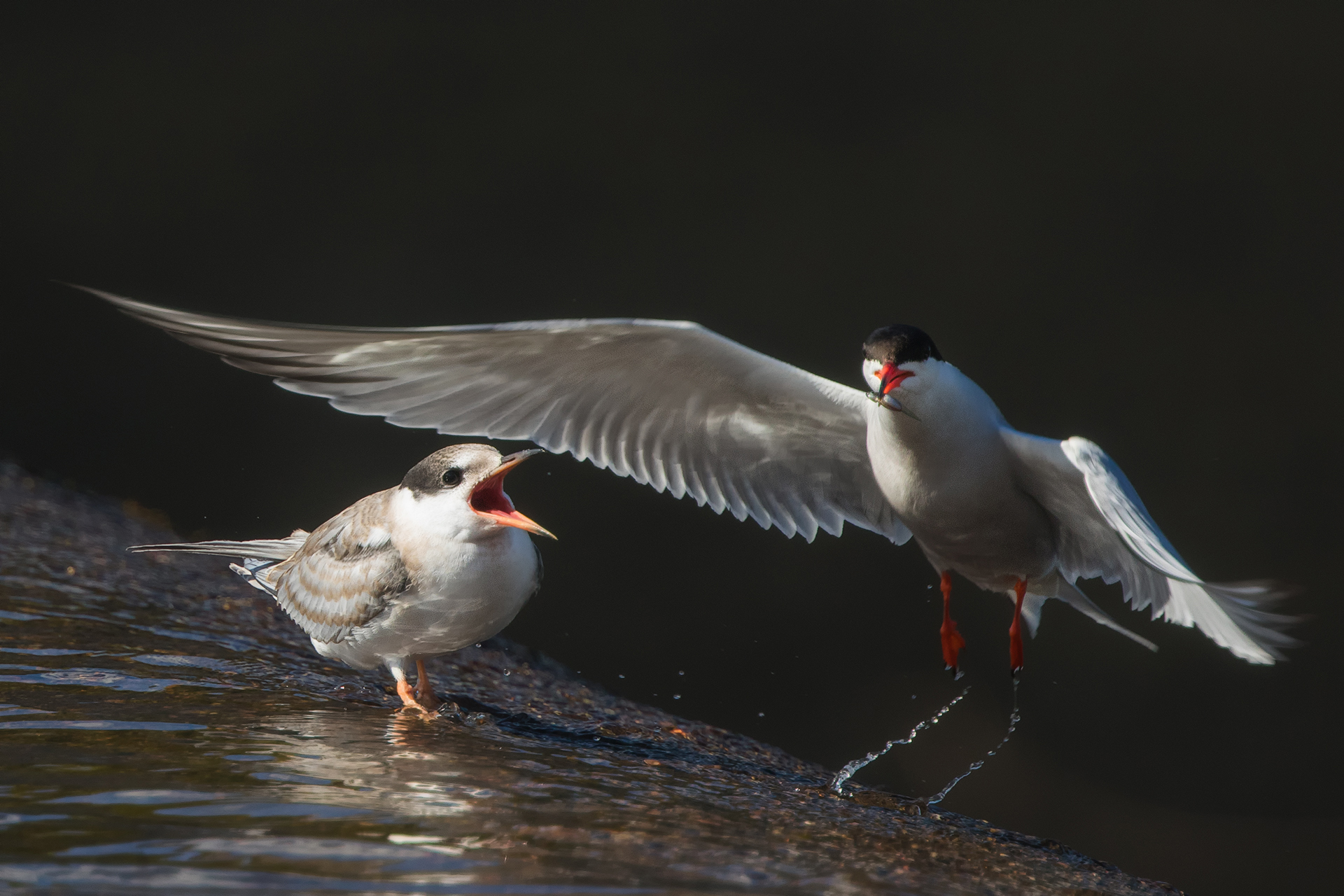
Common tern / Photo: A. Kuusela
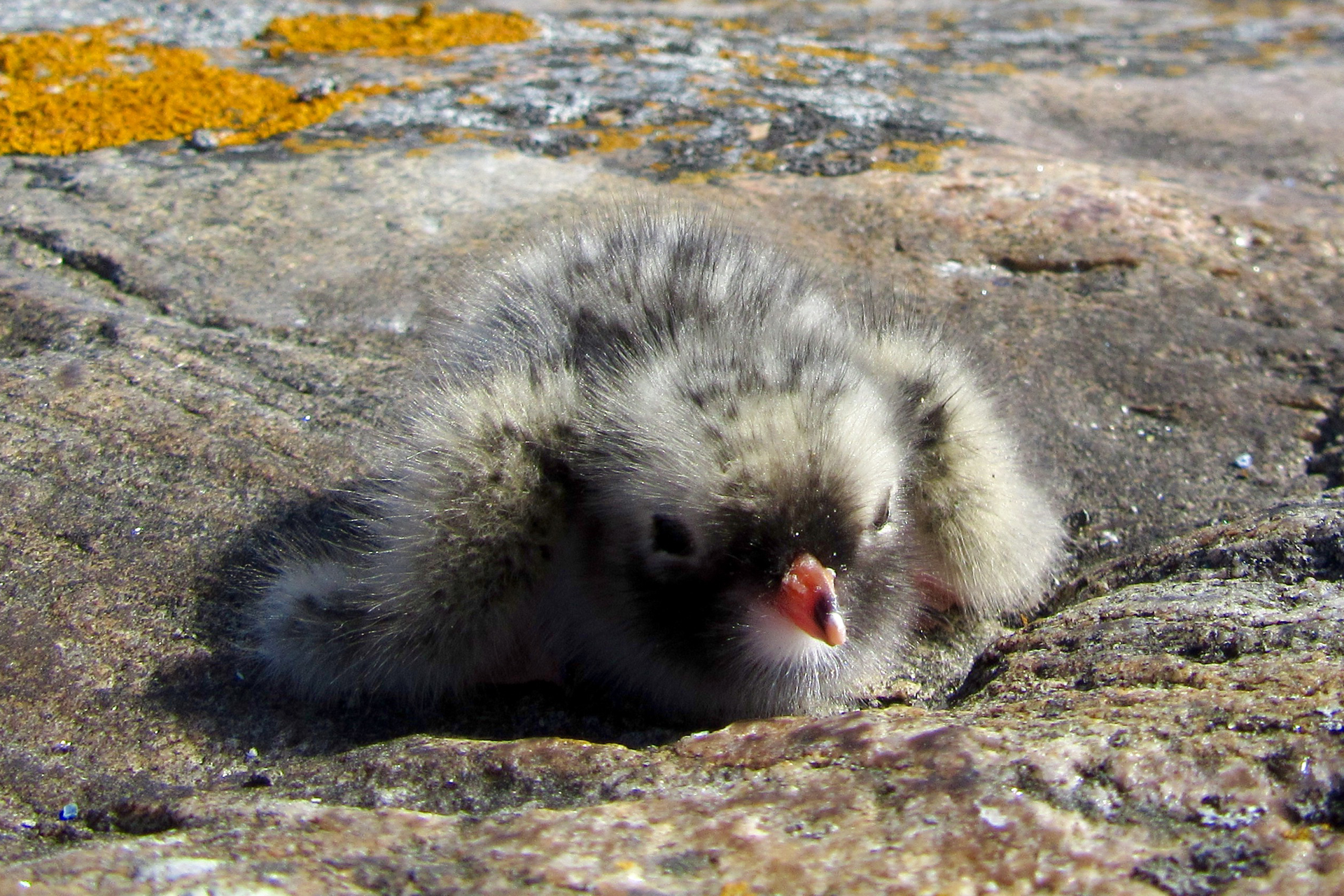
Arctic tern chick / Photo: E. Kosonen
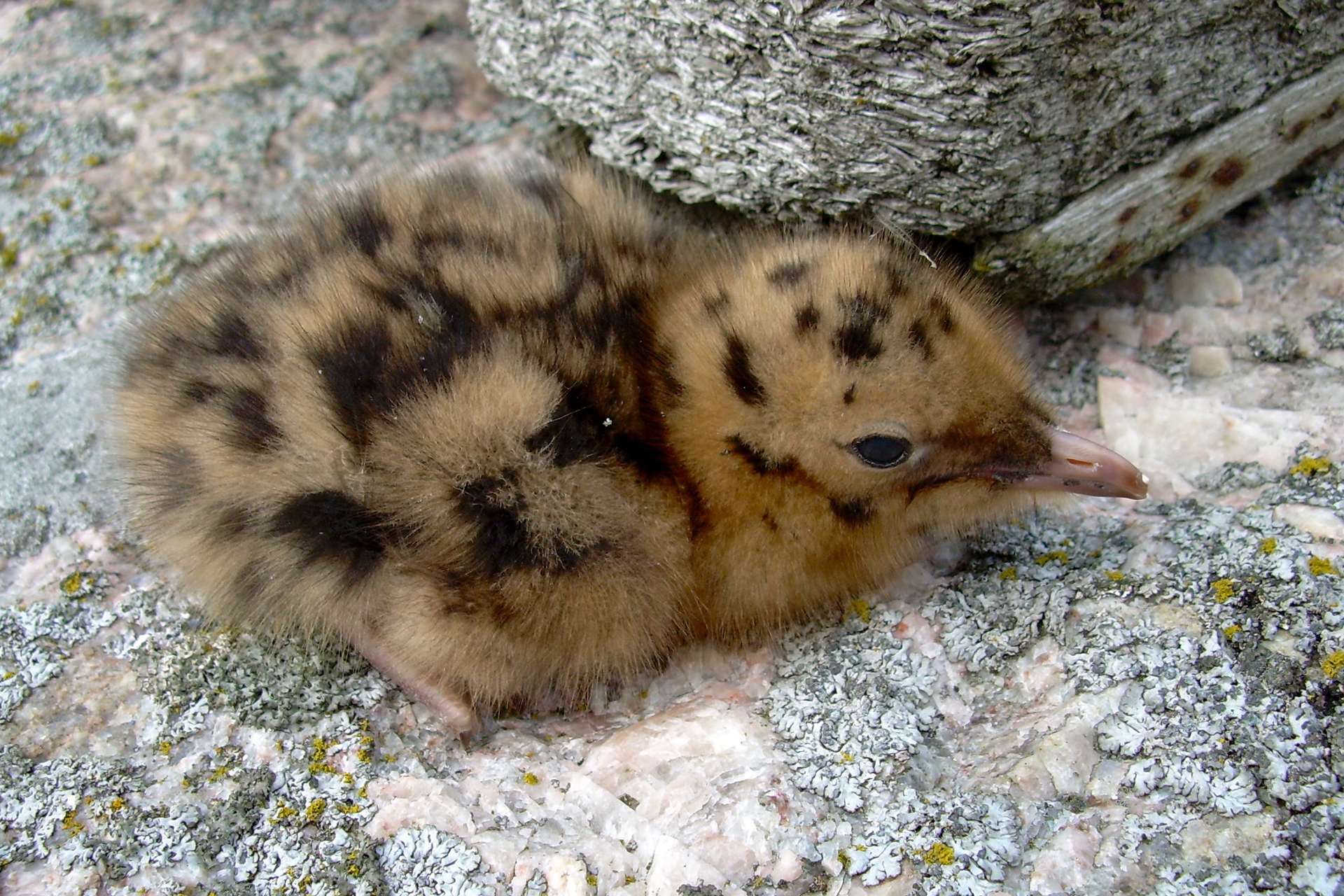
Black-headed gull chick / Photo: E. Kosonen
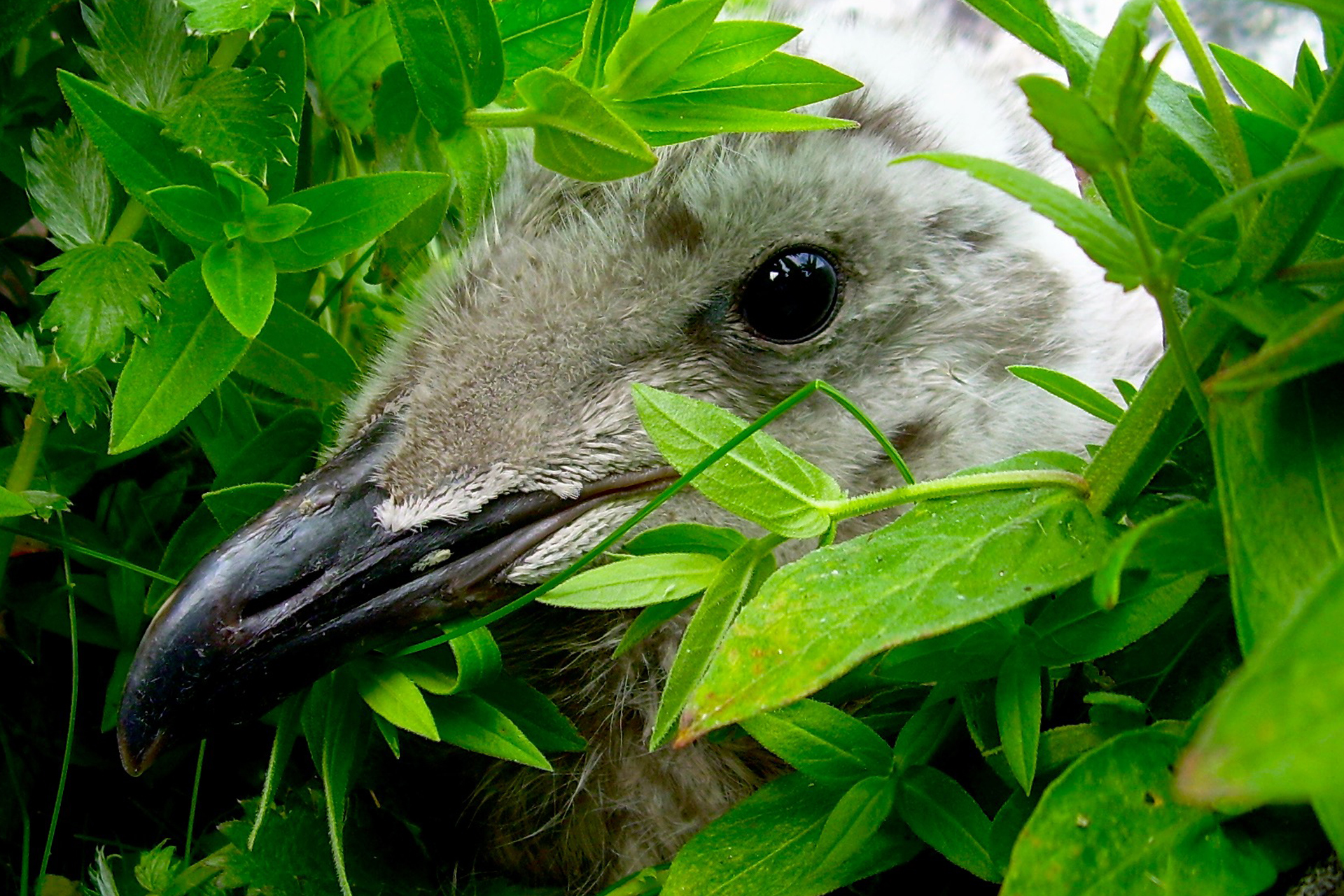
Great black-backed gull chick / Photo: E. Kosonen
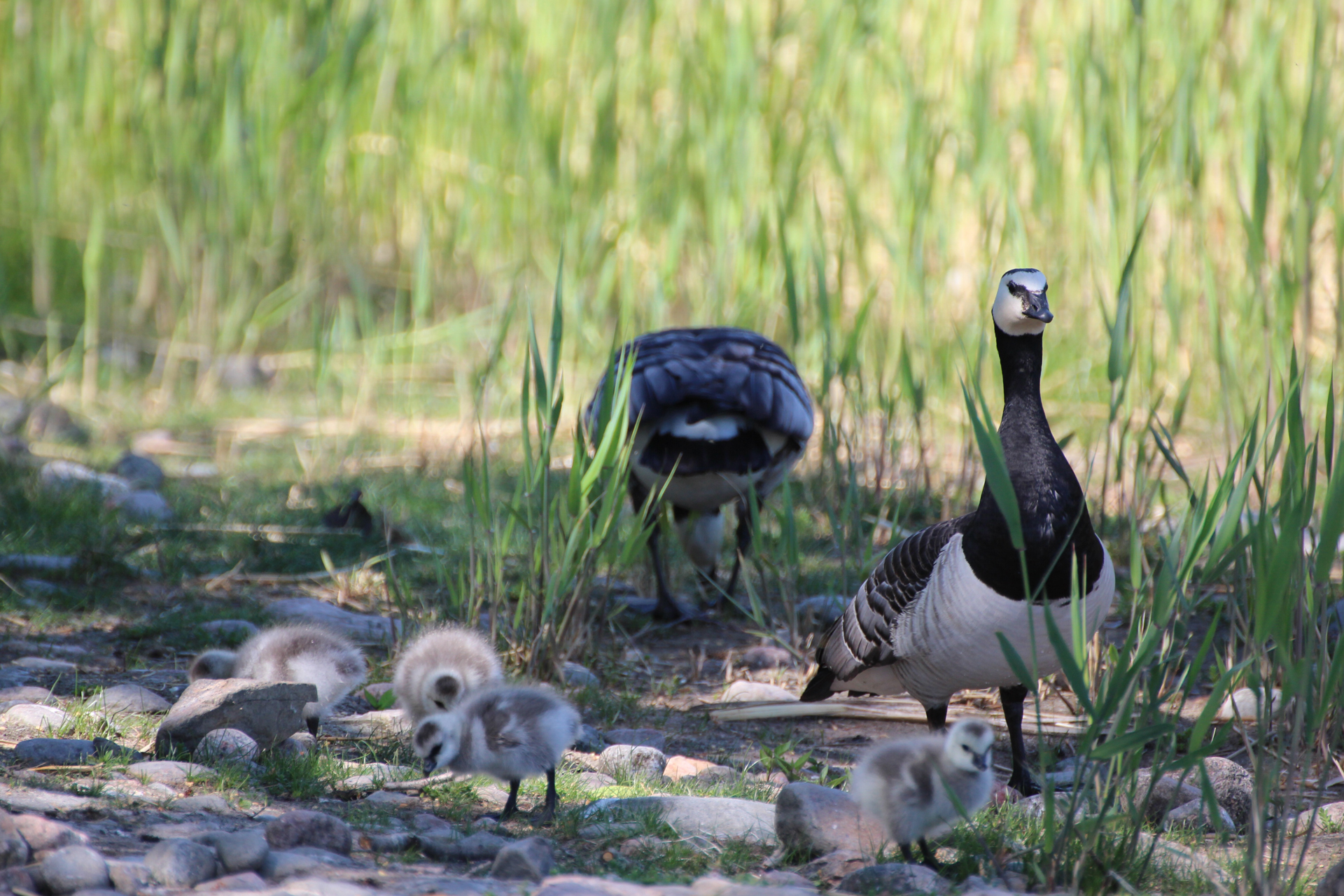
Barnacle geese and goslings / Photo: H. Metsälä
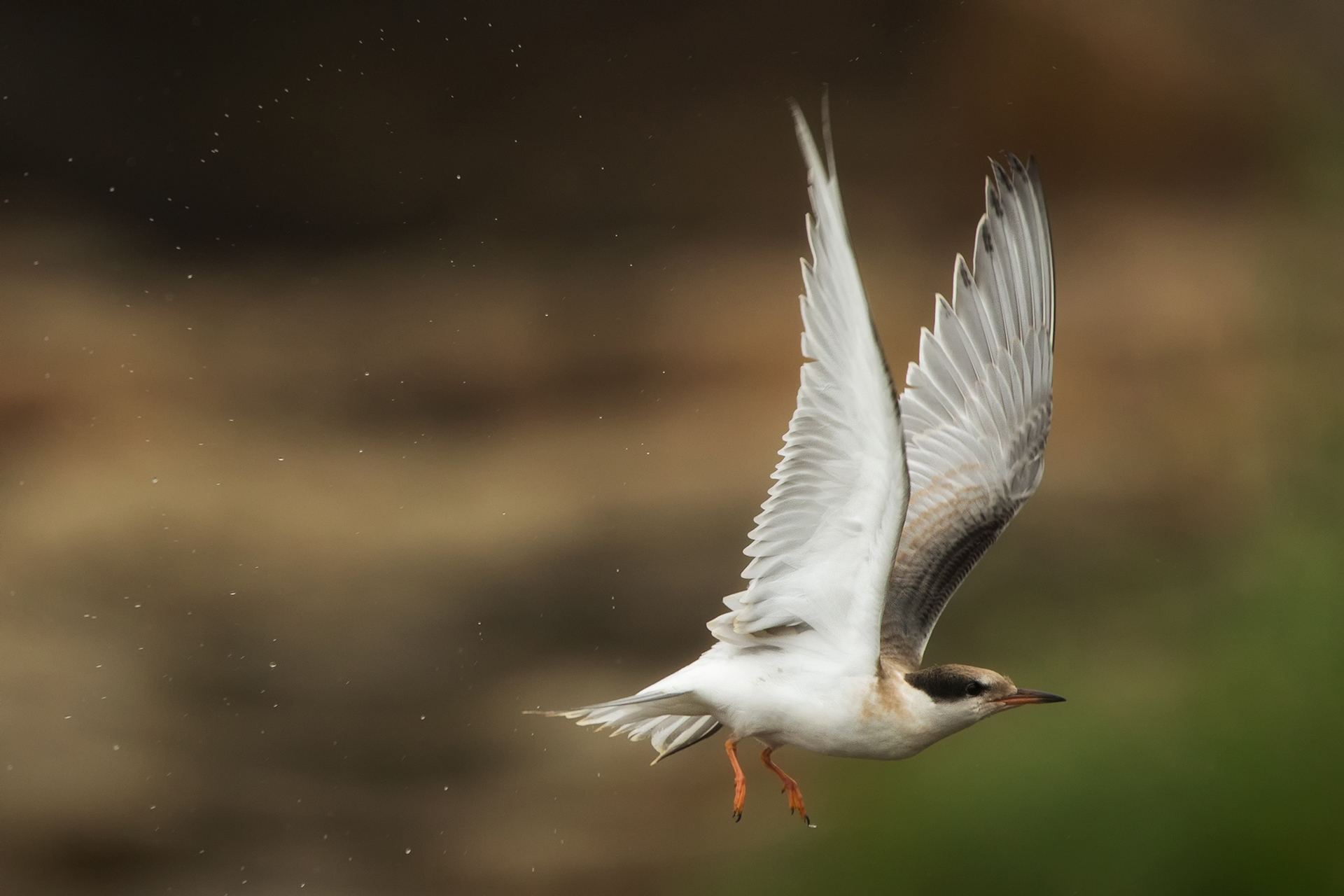
A juvenile common tern / Photo: A. Kuusela
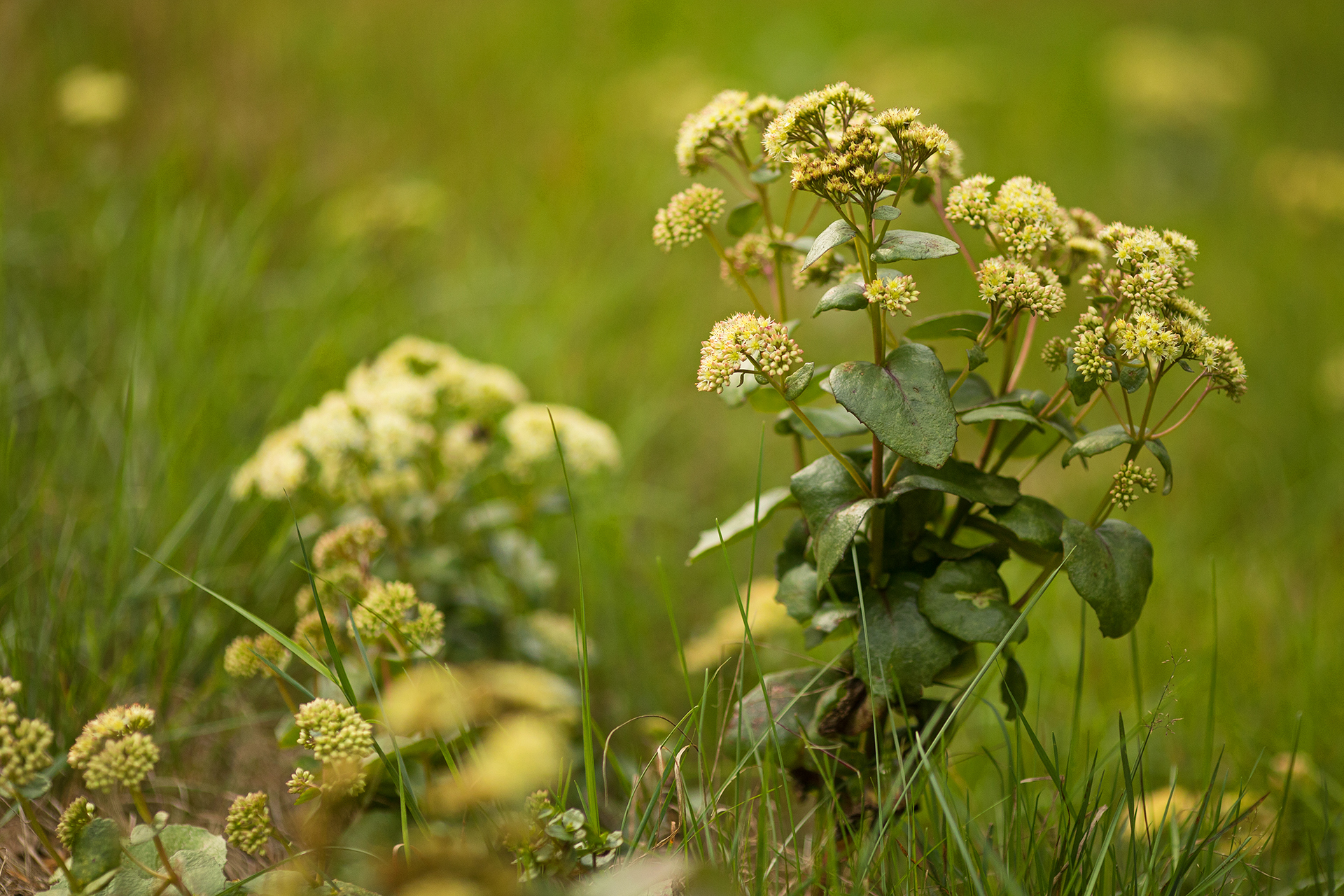
Orpine (Hylotelephium telephium) / Photo: A. Kuusela
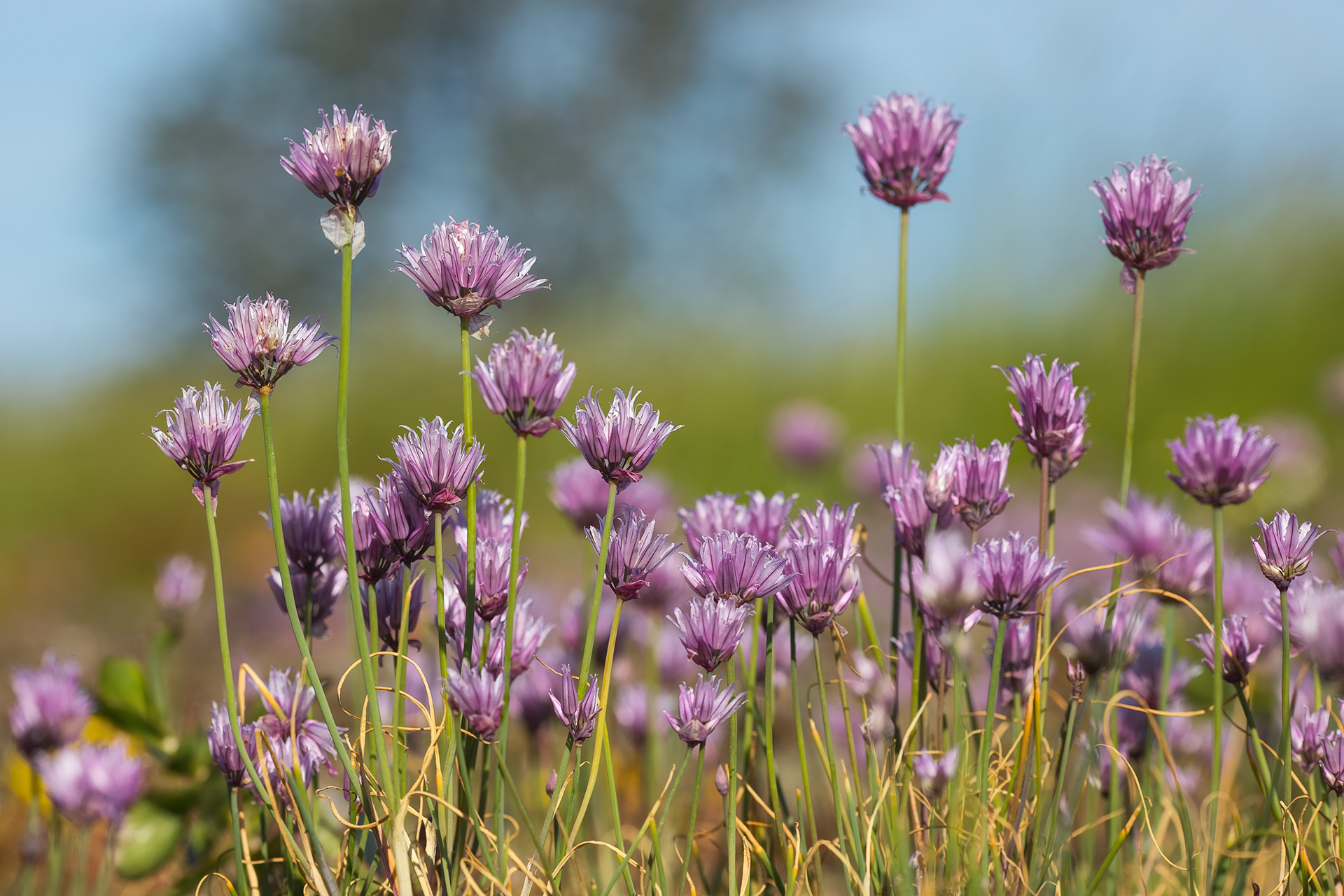
Chives (Allium schoenoprasum) / Photo: A. Kuusela
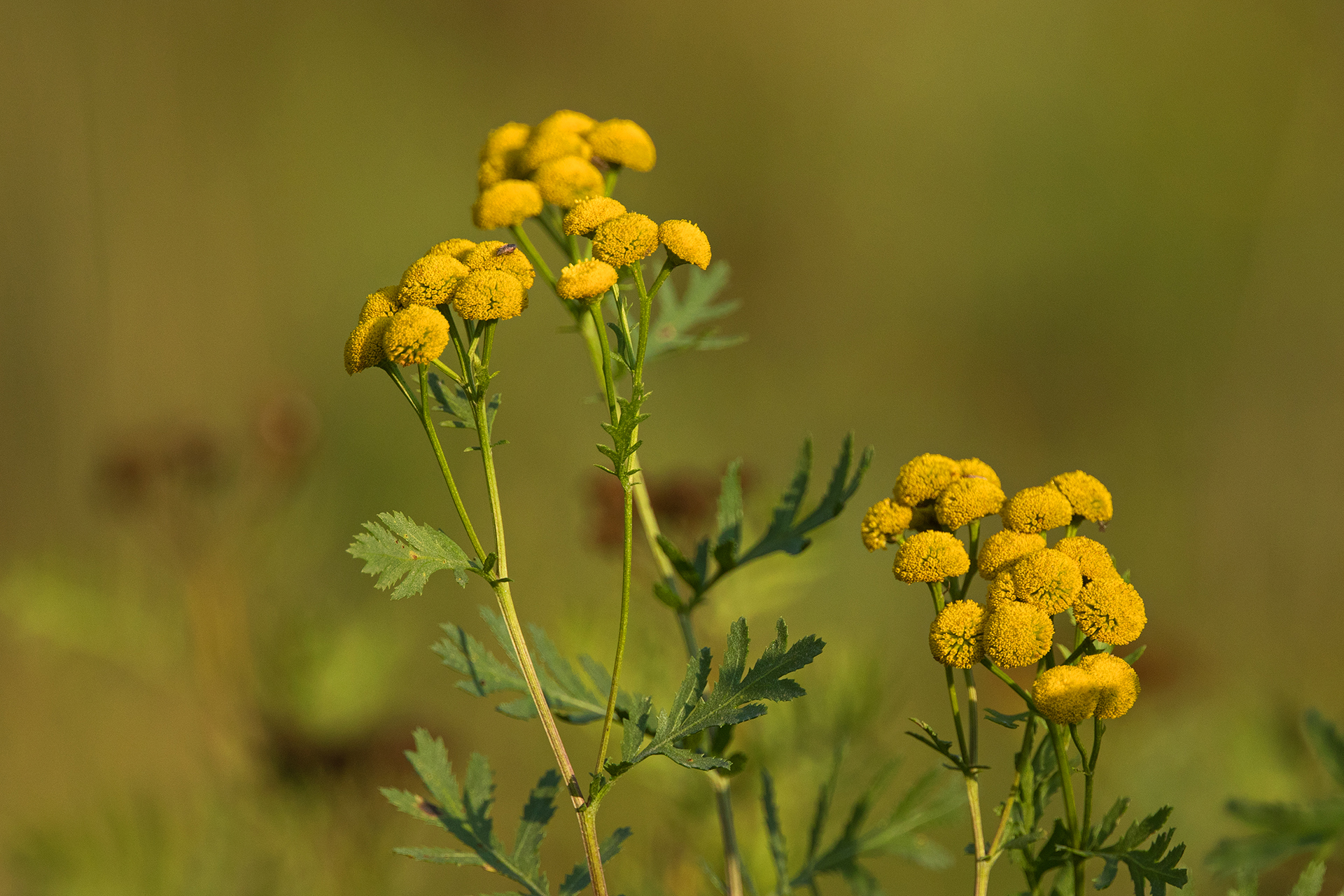
Tansy (Tanacetum vulgare) / Photo: A. Kuusela
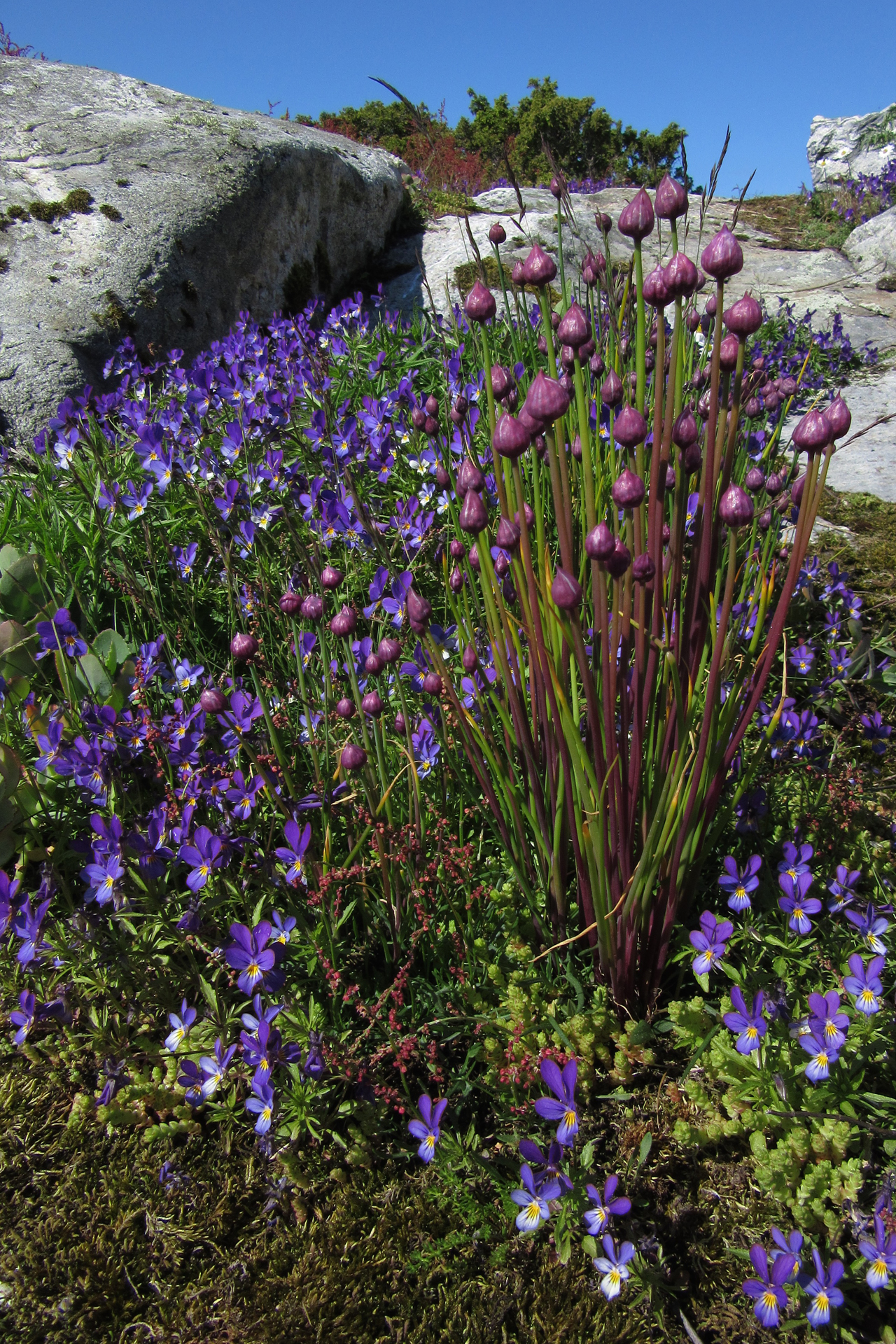
The floral splendour of bird islets / Photo: E. Kosonen
